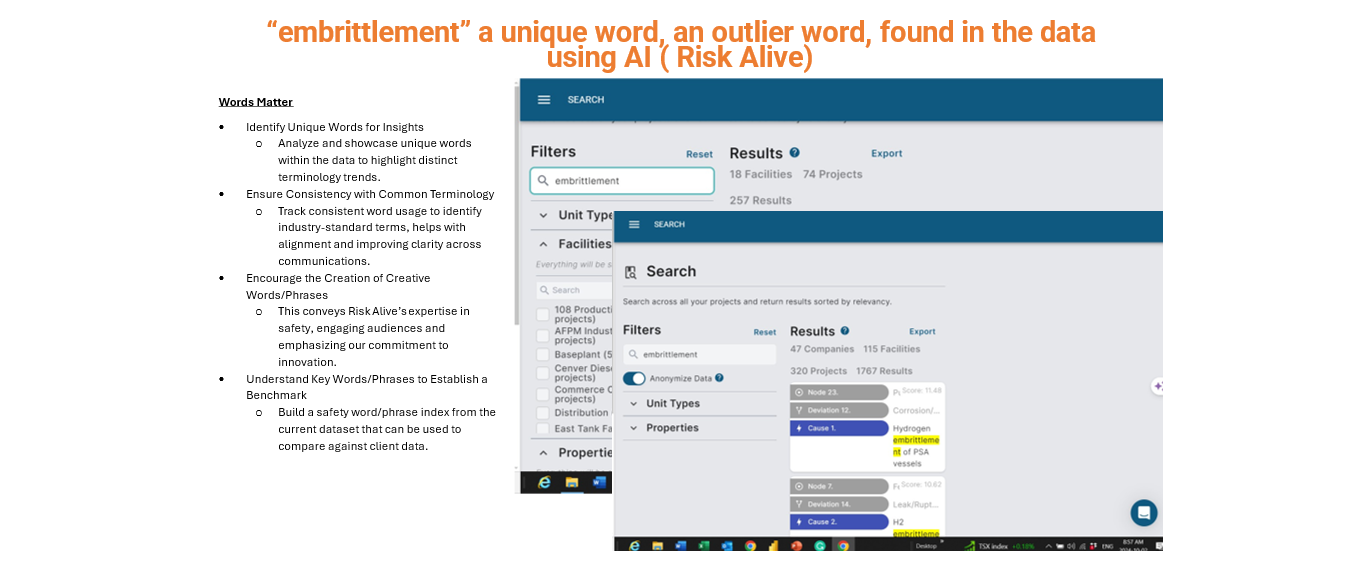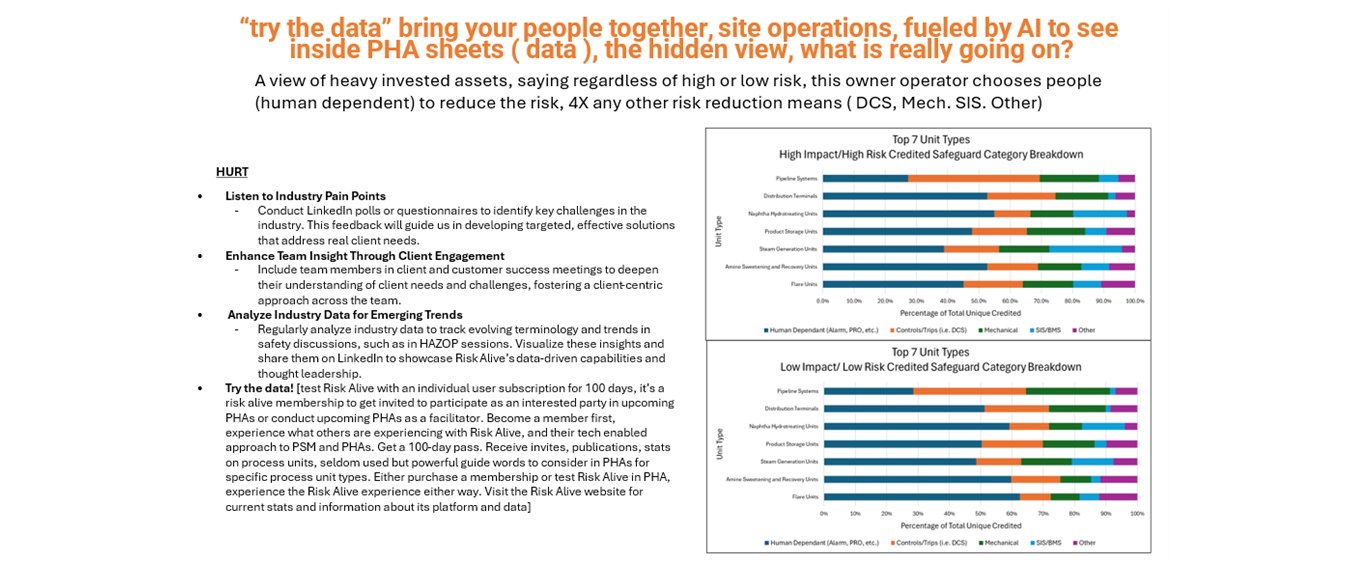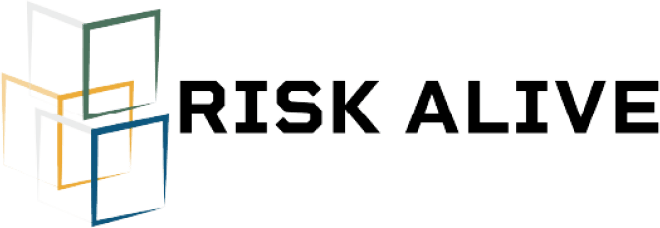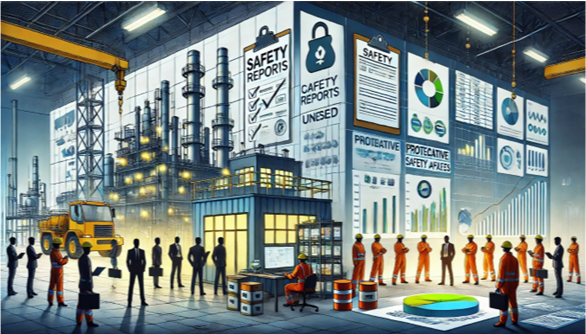Every Morning, the Same Question: Are We Truly Safe Enough?
This message stems from the profound significance of Risk Alive's people, its platform analytics, and global data. Yet, amidst the 250,000 hazardous sites worldwide, the most critical signals— those hiding Major Accident Hazards (MAHs)—often go unnoticed. Why? Because many organizations silo this data, ignore its potential, or treat it as a legal formality until the unimaginable becomes impossible to conceal.
The fallout from incidents like BP Texas City reveals a harsh truth: claiming “it won’t happen here” is no safeguard. Thankfully, progressive organizations are already shifting gears, leveraging Risk Alive’s insights to improve competitiveness and navigate an increasingly complex future. One question remains.
Why do organizations believe they’re “safe enough” without truly leveraging data?
Across the globe, hazardous industries worldwide, companies accumulate millions of compliance reports. For most, these reports are just a cost—tools to satisfy regulators and tick boxes on a checklist. Yet, they overlook the true potential of this data: a treasure trove of insights capable of transforming risk management and preventing incidents.
What if compliance data wasn’t just filed away but actively analyzed, compared, and shared to create a clearer, collective view of safety? Imagine the impact if every hazardous site asked itself, Is this as safe as we can get?
Every morning, I wake up asking myself this question
Compliance Isn’t the Same as Safety
It’s easy to equate compliance with safety. Compliance is essential—it establishes minimum standards every organization should meet. But if compliance guaranteed safety, we wouldn’t still witness incidents and catastrophic failures at compliant facilities.
As a global risk professional, I find it disheartening when companies settle for “safe enough” simply because they meet regulatory standards.
Compliance is the baseline, not the goal. True safety demands a deeper dive. Yet, in too many organizations, valuable data is ignored—like overlooking vital signs in a hospital simply because the patient “looks okay.” By failing to analyze and share data, we miss systemic risks, recurring issues, and emerging threats that remain hidden until it’s too late.
Data: The Missing Piece in True Risk Management
Why, in the age of AI and unprecedented data access, do 250,000 hazardous sites still operate in isolation, hoarding their data?
What if the compliance reports from one site could help another prevent an accident? By sharing data across sites and industries, we could uncover patterns and insights no single entity could discover alone.
Early adopters are already doing this. They’re using predictive analytics and cross-site data comparisons to identify gaps and hazards that compliance alone can’t catch. These organizations recognize data as a critical asset, pioneering smarter, more proactive approaches to safety.
As one client put it, “We work with the data and insights from Risk Alive to see more clearly, operate more efficiently, and improve safety across our enterprise.” Companies like Suncor, Delek, and Petronas are leading the charge, demonstrating the transformative power of datadriven decision-making.
Shared Data: The Future of Safety
Industries like aviation and healthcare already rely on data-sharing as a safety cornerstone. The Aviation Safety Reporting System (ASRS), for example, collects incident data from across airlines, significantly reducing risks.
Imagine if hazardous industries adopted a similar approach. The knowledge gained and accidents prevented would be groundbreaking.
Every morning, I wake up asking myself this question
This is about more than compliance. It’s about asking the ultimate question in risk management: Did we try the data? If not, how can we truly claim to be safe enough?
A Call to Action: Embrace Data or Be Left Behind
Plant managers, executives, and industry leaders must confront hard truths. Are we satisfied with “compliance equals safety”? Is the “if it isn’t broke, don’t fix it” mindset enough? Or do we owe it to ourselves and future generations to embrace the full potential of AI, data, and the talented minds shaping tomorrow?
A quote from The Soul of Risk encapsulates it best: “We’ve reached a tipping point. Hazardous industries need fresh thinking and new talent— secret agents equipped to harness technology and data for a safer future.”
Data is no longer optional. While people and technology may change, data endures. Respect the work of those before you: protect it, explore it, and ensure it never gathers dust.
The Leapfrogs to Safety
Since 2015, the Risk Alive platform started transforming how organizations manage and share data. Used by thousands of end-users across industries, it’s a hub for compliance, training, audits, and strategic decision-making.
This platform ensures data is always accessible and reliable, welcoming new insights and change. Whether during live PHA sessions, planning, reporting, or prioritizing compliance PHAs, Risk Alive offers practical, actionable solutions.
- Live PHA sessions: Use data insights to enhance decision-making in real-time using Live PHA, seeing low-risk reducing safeguards and recs become savings, and high-risk reducing safeguards used more.
- Posters and Safety Moments: Share learnings visually to foster collaboration and awareness. Share the importance of a recent risk assessment conducted behind the scenes. The time was not wasted, but posted at coffee stations, inspiring others, their turn.
- Fly-by reviews: Quickly identify and prioritize once Compliance driven only risk assessments, (PHAs just sitting, collecting dust) uncover why they should be reused as data.
- Planning and reporting: Outsource the nodding, prepping, Lab prep, data reporting and compliance reporting, if not for safe enough do it for your efficiency, savings and competitiveness.
Every morning, I wake up asking myself this question
With Gratitude
This era of technology, data, and AI presents us with a rare opportunity to leapfrog beyond compliance into true safety. To our clients, vendors, consultants and teams at Risk Alive: thank you for your incredible contributions toward this vision.
Explore more at www.riskalive.com
Closing Thoughts: Words Matter
Did you know the word “loss of containment” appears hundreds of thousands of times in industry data, while rarer terms only surface a few thousand times? Such nuances matter in PHAs.

Similarly, consider how people are often the primary risk-reduction method on hazardous sites—four times more than any other approach. Is this sustainable, or should we reduce this reliance by leveraging data and technology? Is it time to try the data?

Ken Bingham
CEO
Office : 403 264 9637
Mobile: 403 510 3437
Email: kbingham@riskalive.com
#900, 926 - 5th Avenue SW
Calgary, AB
T2P 0N7


